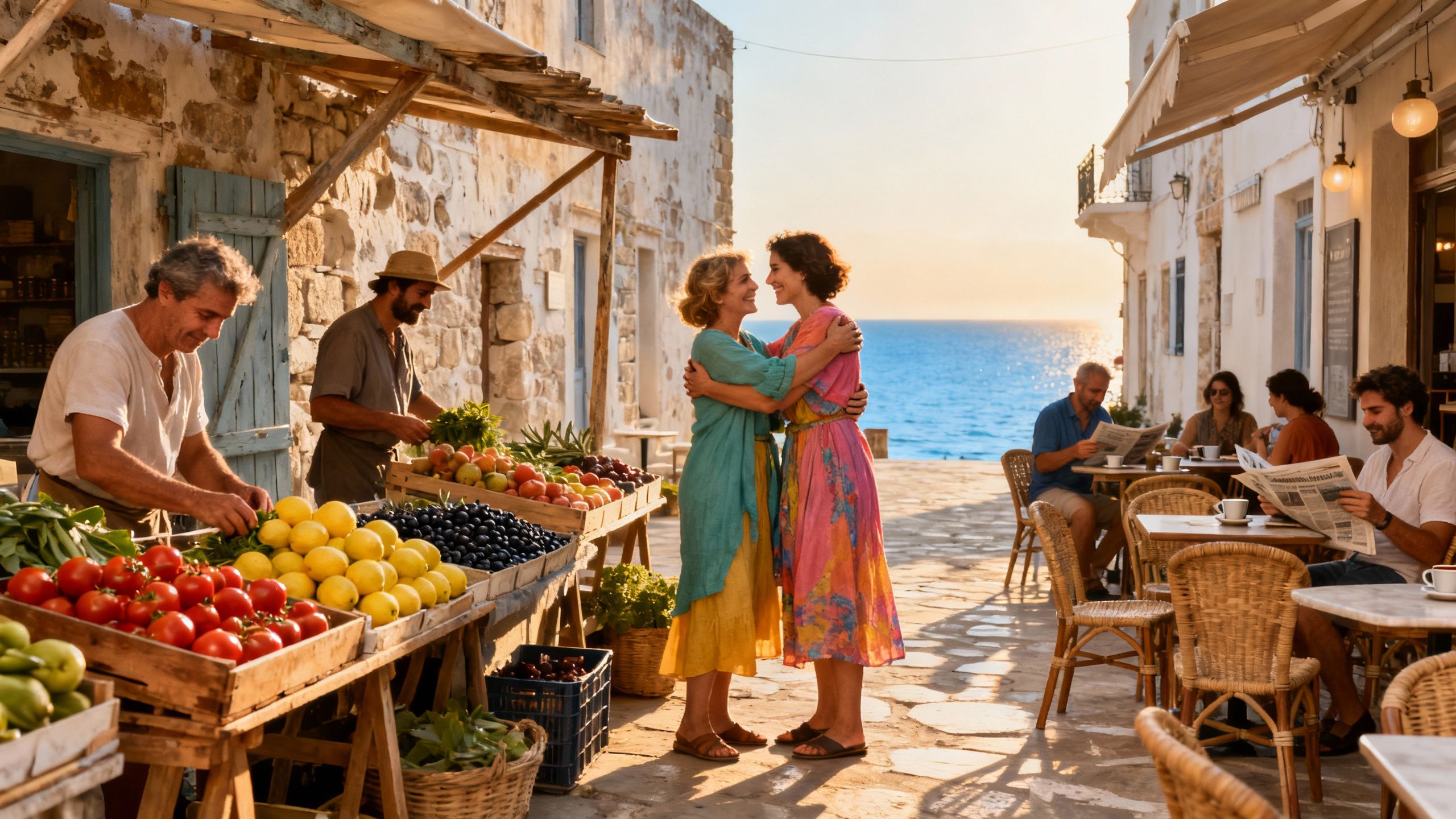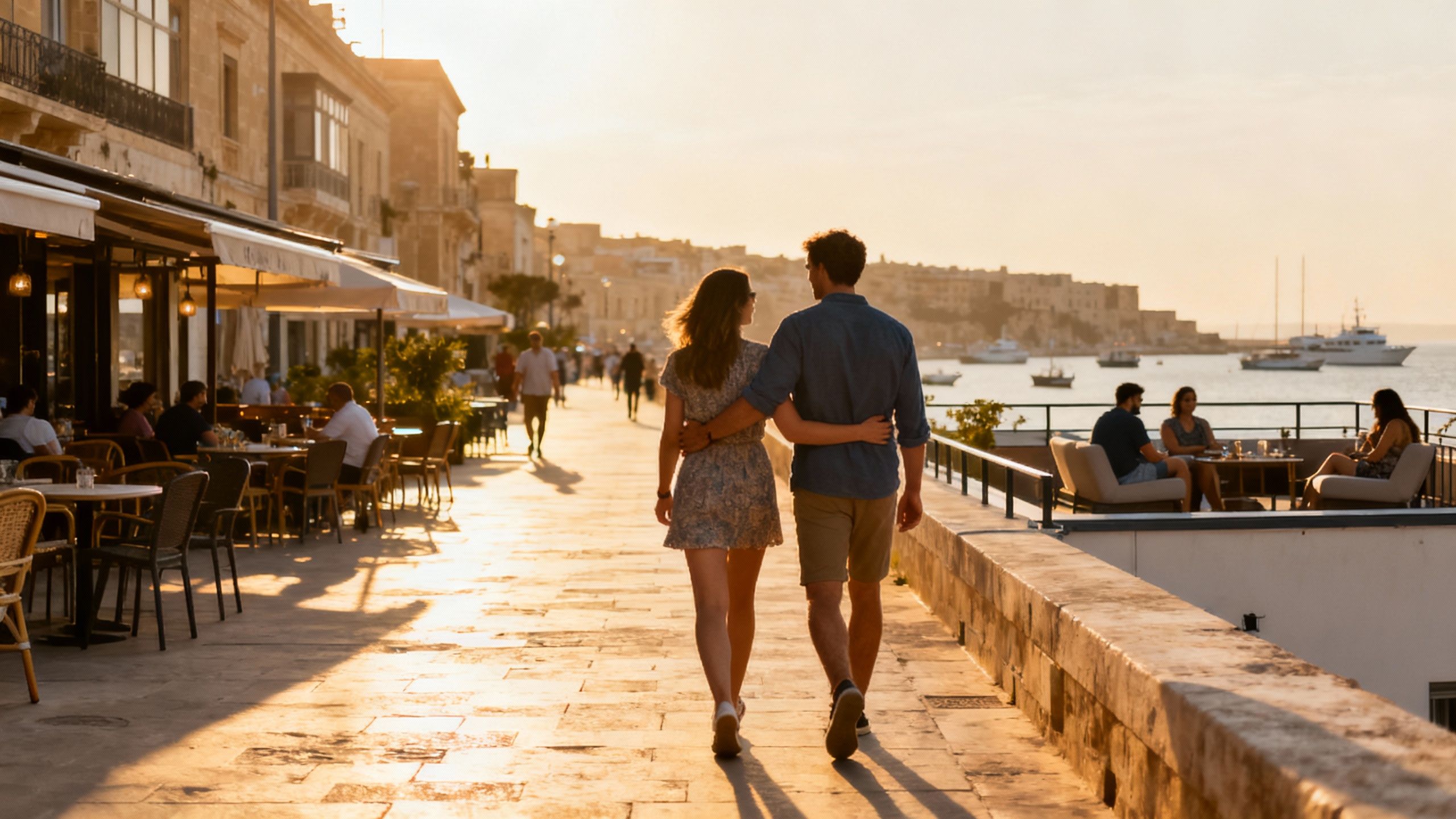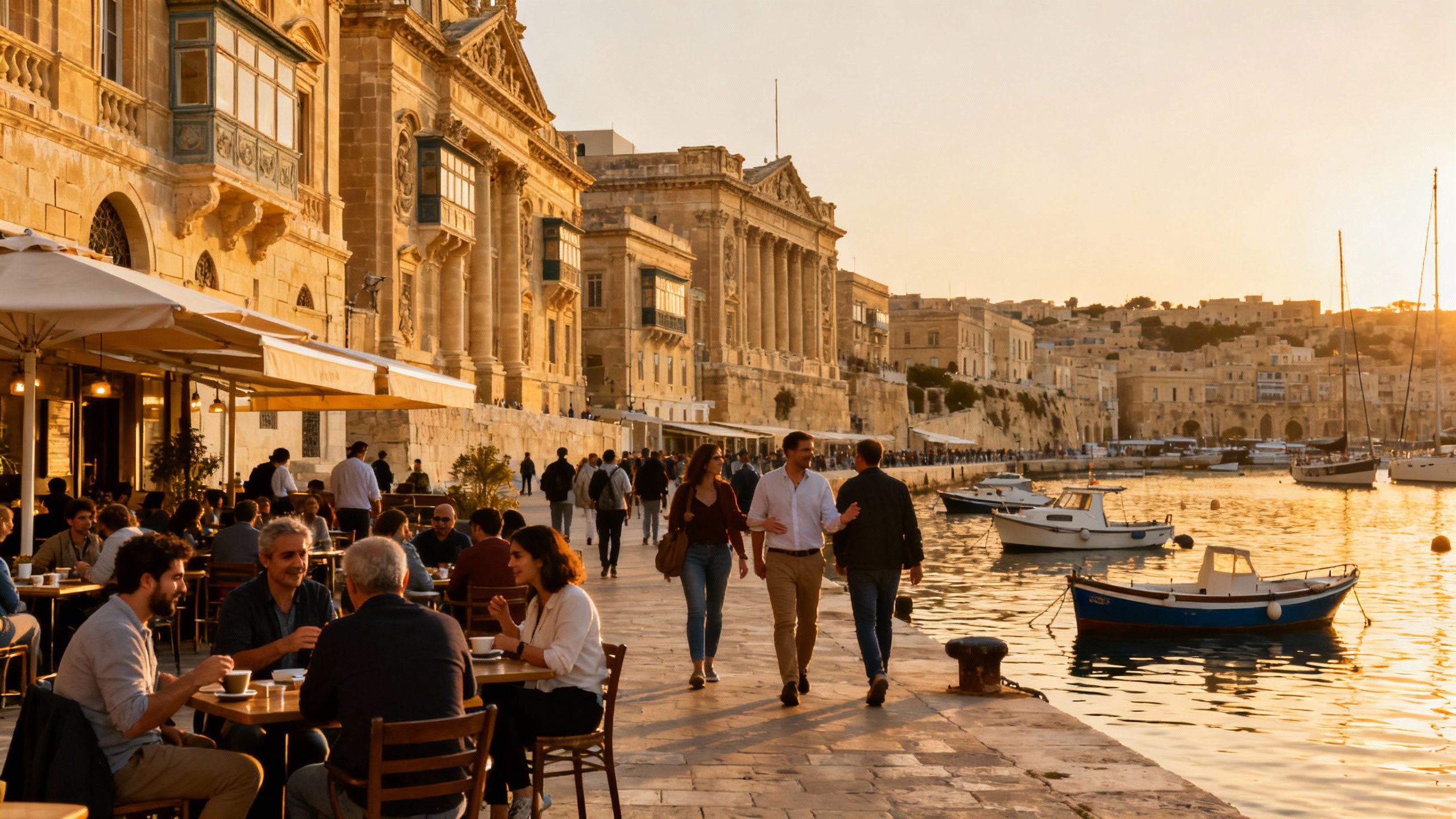How Croatia’s Life Patterns Should Shape Your Financing Choices
How Croatia’s lifestyle and recent policy shifts change financing: practical, locality‑aware steps for buyers to match homes with sensible funding and residency expectations.
Imagine an early morning in Dubrovnik: bakers arriving with still-warm brioches, fishermen hauling the day’s catch onto Lapad quays, and a neighbour inviting you for an espresso under a fig tree. That gentle, slow-motion life is what draws many of us to Croatia — not merely a coastline, but a pattern of streets, markets and seasons that reward patience. Yet beneath the romance are quiet financial currents — recent policy shifts and bank practices — that materially shape which properties are sensible to buy and how you should finance them. Here I blend the lived, local Croatia with the concrete finance steps that protect both your lifestyle and capital.
Living the Croatian life
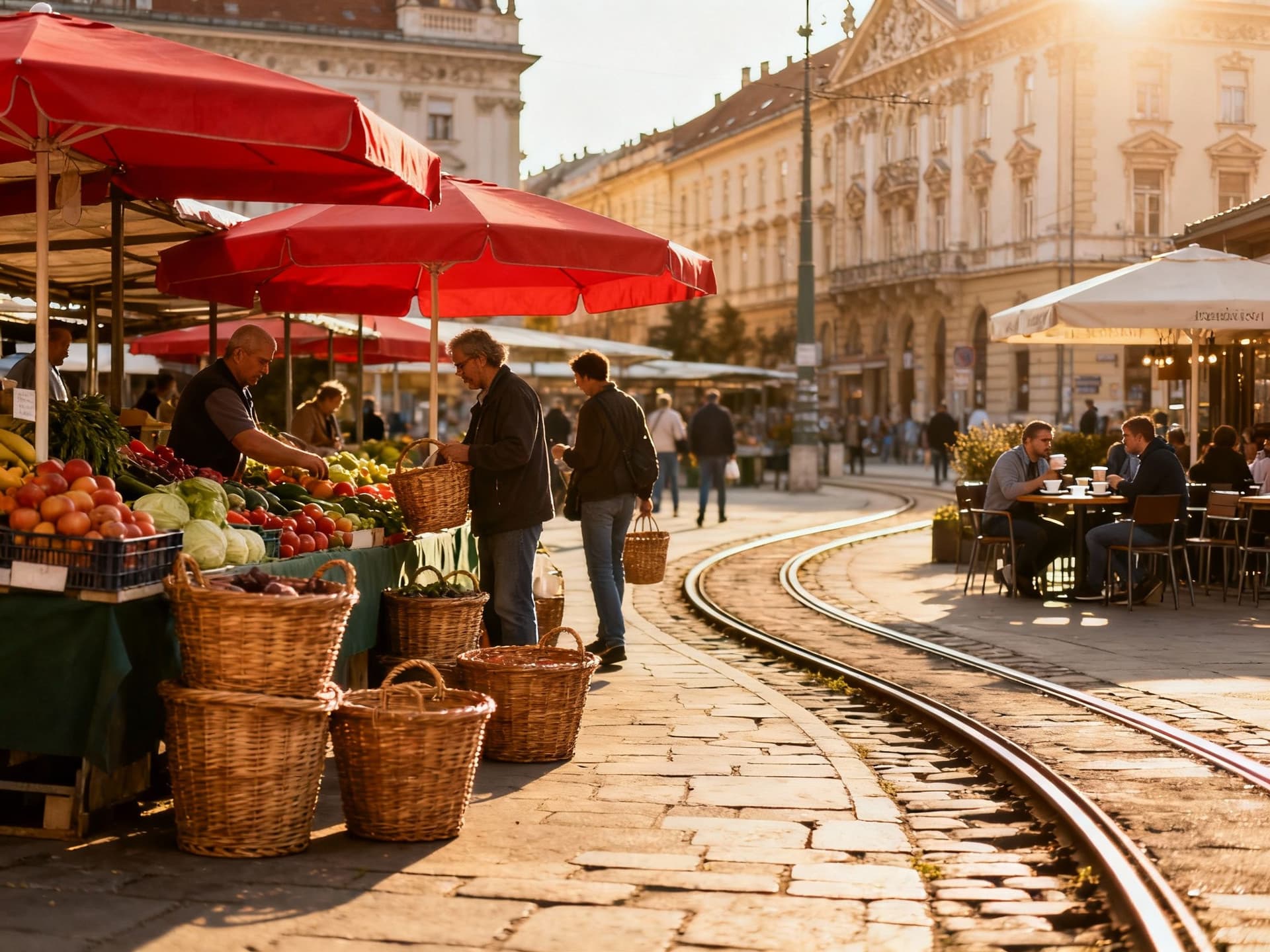
To live in Croatia is to arrange your day around markets, promenades and neighborhood cafés. In Zagreb, mornings at Dolac and a coffee on Tkalčićeva set a different tempo than afternoons on Split’s Riva or island evenings in Hvar’s Stari Grad. The architecture — austere Austro-Hungarian façades in Zagreb, Venetian stone in Dalmatian towns — shapes how spaces are used: a narrow stone stair becomes a summer living room; a shaded konoba invites late dinners. These patterns matter for financing because the property type you buy (city apartment versus stone house on an island) determines operating costs, insurance needs and rental potential.
Zagreb: urban ease and everyday rituals
In Gornji Grad and Šalata you discover morning markets, discreet galleries and neighborhoods still rooted in daily routines. Streets such as Ilica and Radićeva host cafés where architects, curators and lawyers meet — the sort of local life that suits someone wanting a civic rhythm. For buyers, central Zagreb offers predictable year-round rental demand, easier access to services and lower seasonal maintenance — factors lenders examine when assessing long-term viability.
Dalmatia: island light, seasonal economy
Along the Adriatic — Split’s Riva, Hvar’s terraces, Dubrovnik’s fortified lanes — life is sculpted by season. Summer brings vibrancy and rental yields; winter brings quiet and local rhythms. This duality affects financing choices: a property intended for holiday lets requires more conservative cash buffers and specialist insurance, while a year-round residence can leverage more conventional ownership models.
Lifestyle highlights worth matching to finance decisions: 1) Morning markets in Zagreb (Dolac) — lower food costs, year-round life; 2) Split’s Bacvice beach and Riva — strong summer demand for short lets; 3) Hvar’s Stari Grad — island provenance, higher maintenance; 4) Istrian hill towns — truffle season and stable off-season communities; 5) Dubrovnik Old Town — premium location, restricted supply; 6) Small islands (Vis, Korčula) — authenticity but higher logistics costs.
Making the move: practical financing considerations
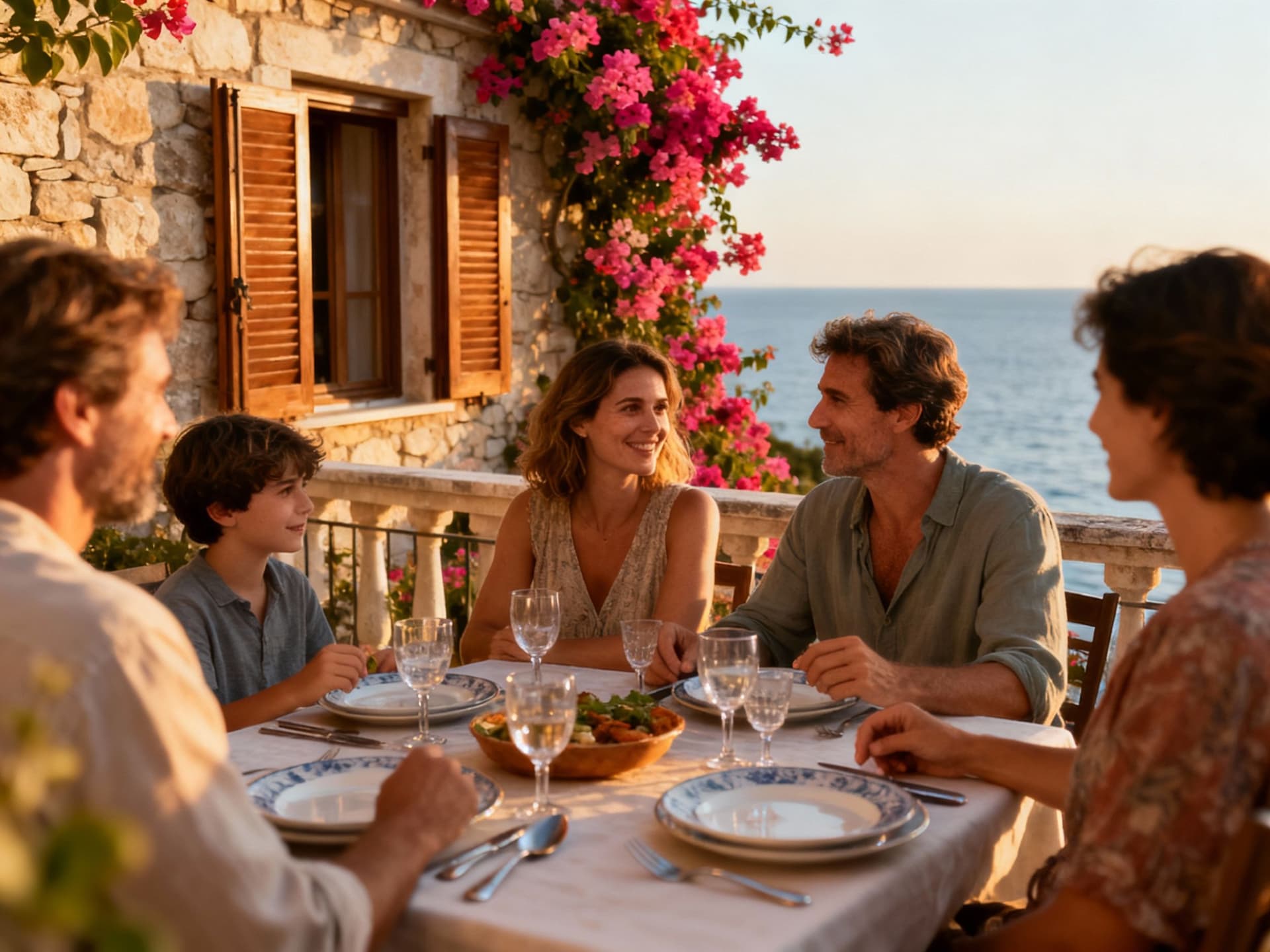
Recent policy attention on property taxation has sharpened the calculus for buyers. The Croatian government has proposed shifting tax burdens onto property to encourage long-term rentals and discourage speculative short-term holdings; changes like these alter net carry costs and the attractiveness of coastal short‑let investments. Understanding these policy moves — and how they apply to a specific asset — should be a first step before committing funds or agreeing financing terms.
Who lends to foreigners — and on what terms
Croatian banks lend to foreign buyers, but terms diverge sharply by citizenship and residency. EU/EEA citizens often access loans with LTVs closer to local norms and competitive rates; third‑country nationals face higher deposits and stricter underwriting. Practical reality: many non‑EU buyers fund purchases with cash or by borrowing in their home market, then transfer funds — a path that avoids complex cross-border lending but introduces currency and tax considerations. Discuss options with banks that have international desks and insist on written pre‑approval scenarios.
Steps to align lifestyle goals with financing (practical sequence)
1) Clarify intent (year‑round home, seasonal retreat, rental) and model expected occupancy. 2) Check nationality reciprocity and whether Ministry of Justice approval is required for the purchase. 3) Seek pre‑approval from Croatian banks if you plan to borrow locally — expect higher deposits for non‑residents. 4) Compare home‑country lending (home equity) versus Croatian mortgage offers, including appraisal and insurance costs. 5) Factor in new property tax regimes and insurance for coastal exposure before signing.
Insider knowledge: what expats seldom tell you
Expats often understate the friction of island logistics, licence plate rules for rentals, and seasonal service costs. A stone villa in a village can be a poetic retreat, but renovation logistics, winter heating and municipal services can erode returns if unanticipated. Equally, some urban pockets — lesser-known streets off Split’s main lanes or residential enclaves in Zagreb — offer steady, underpriced value because they are simply not glamorous, yet they deliver the daily life most buyers actually want.
Integration, permits and realistic residency expectations
Owning property does not automatically confer long‑term residency or citizenship. Non‑EU buyers in many cases must secure Ministry of Justice approval and can use ownership as a basis for temporary residence, but this is often discretionary and usually not a fast track to permanent status. For buyers who intend to live in Croatia, plan for either employment, business registration or the digital nomad route as viable alternatives while you accumulate the residency years needed for permanence.
Practical red flags and local pitfalls to avoid
• Over‑reliance on summer income projections without conservative off‑season budgeting; • Assuming property taxes will remain negligible — policy changes can change carry costs; • Buying without a local OIB or bank account in place; • Neglecting infrastructure costs on islands (ferries, mains connections); • Ignoring rental licensing rules if you plan short lets.
Conclusion: Croatia rewards those who respect its rhythms. Choose a property that fits how you wish to live — a town apartment for civic life, a Dalmatian house for seasonal retreats — and then set financing to match that life, not the other way around. Start with clear intent, secure written bank guidance early, factor in new tax dynamics and make local advisors part of your civic circle; with careful planning you preserve the poetry of place and the prudence of good stewardship.
Dutch former researcher who moved to Lisbon, specialising in investment strategy, heritage preservation, and cross-border portfolio stewardship.
